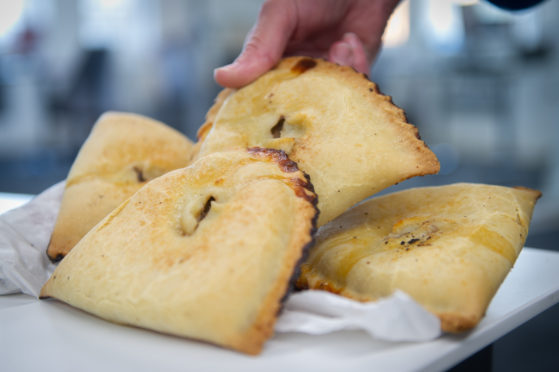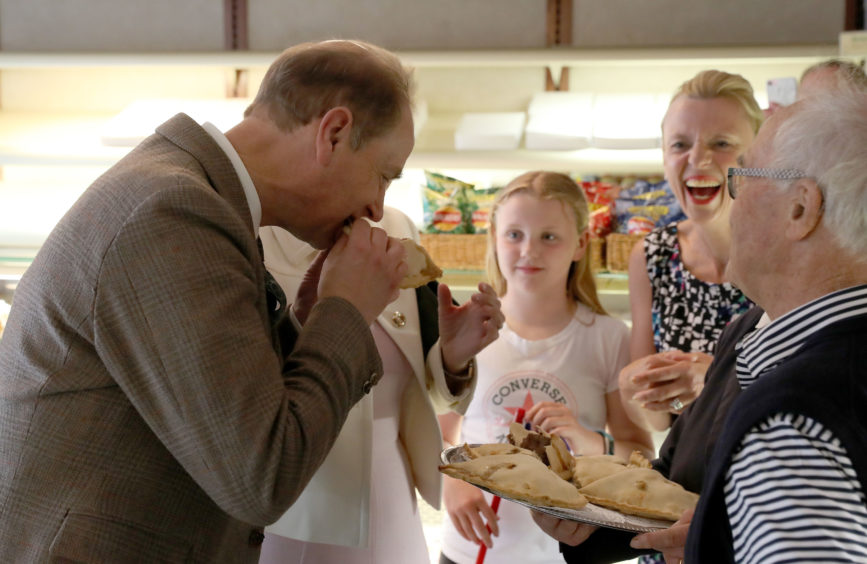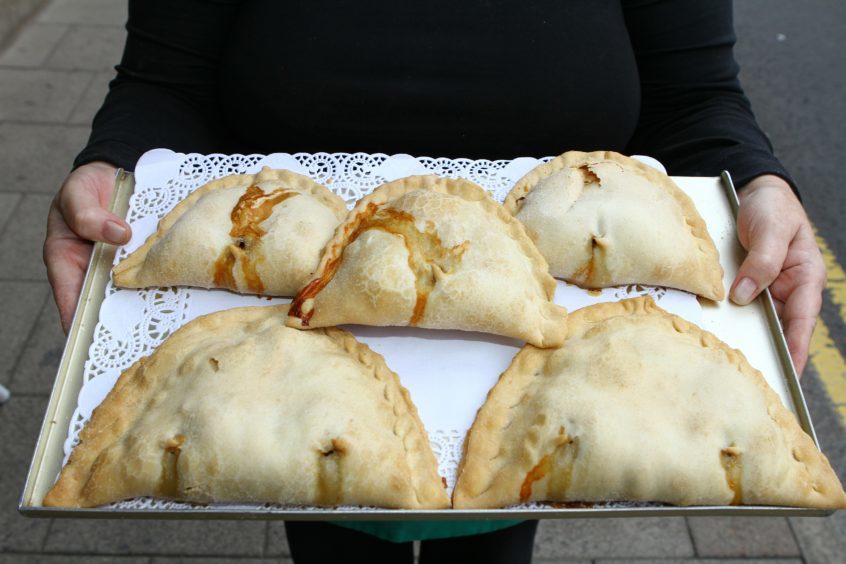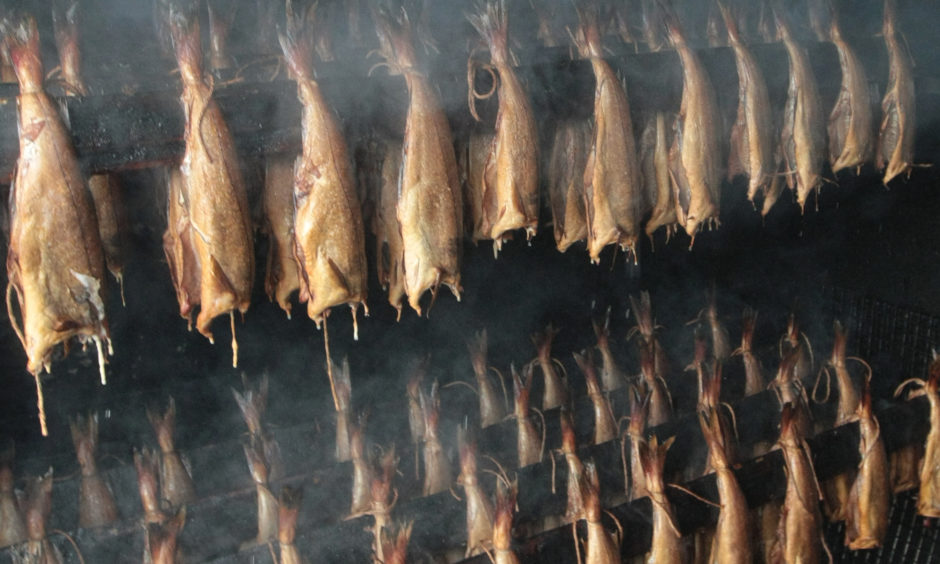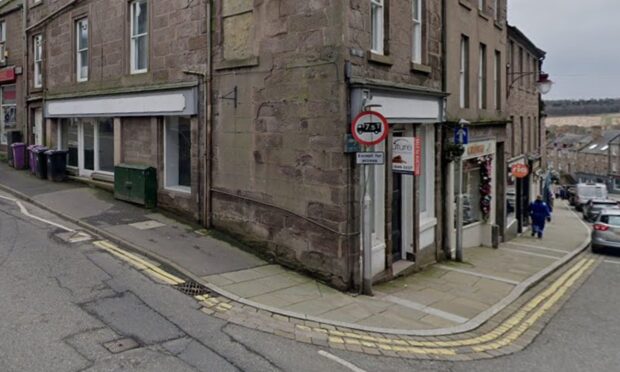The famed Forfar Bridie has finally made its case to join Europe’s foodie top table but could still find Brussels bureaucrats rule the bid past its sell by date.
A decade after the idea was first mooted, the bridie’s attempt to join Angus associate the Arbroath Smokie alongside the likes of Champagne, Parma Ham and Stornoway Black Pudding on the list of geographically protected foods is now official.
Angus Council chiefs have confirmed the Forfar Bridie Producers’ Association PGI (Protected Geographical Indication) final application has been submitted but uncertainty remains over whether or not Brexit will leave a sour taste.
Angus policy and resources committee councillors were told the PGI application has been through a national consultation and is currently at the EC scrutiny stage prior to a three-month EU wide consultation.
If successful, PGI status would prohibit any bridie made outwith a five-mile radius of the Angus town from being called a Forfar Bridie.
“If (there are) no objections during this consultation then the product name would be registered giving it protected status throughout the EU and automatically recognised in the UK,” stated a report to councillors.
“At this stage we cannot inform of any impacts from Brexit”.
Michael Saddler of the town’s family bakery firm said: “It has dragged on for so long that we’re not getting carried away, but of course it would be a great thing if it did happen.
“The bridie is as popular as ever, our sales have held up over the years and I’m sure the other bridie firms in the town as selling as much as well.
“If there is a chance of it getting PGI status we would be delighted because, as we’ve seen with foods like the Arbroath Smokie and Stornoway Black Pudding, it brings the name to the fore.
“Even without PGI the bridie is talked about, whether it is people coming to the football in Forfar or to visit places such as Glamis Castle.
“The award of PGI status would bring new attention, but we’ll not lose sleep if it doesn’t happen because there have been so many false dawns around this.”
Angus Council leader David Fairweather welcomed the PGI move and, in a nibble at a political rival, reheated a row which erupted around the savoury last year.
Arbroath Independent Mr Fairweather told policy committee colleagues: “I’m sure Mr Duff will enjoy a bridie once it’s got protected status.”
A favourite of all, from orramen to aristocracy.
The Forfar Bridie reportedly originated from Margaret Bridie of Glamis, who sold the meat pasties at Forfar’s Buttermarket in the 18th century, a location now home to the less noteable modern day feature of town centre public loos.
Genealogical research shows has confirmed a Margaret Bridie lived around that time and she is buried in Glamis kirkyard, where her headstone makes reference to the product.
Bridies were traditionally eaten by farm workers and made by wives for their husbands working in the fields – the size and shape convenient to carry and eat on the move with the pastry case insulating the contents and sturdy enough to retain its shape without splitting or cracking and keeping the filling from dirty hands.
Records reveal Jolly’s of Queen Street in Forfar was making Forfar Bridies in the 1840’s and James McLaren & Sons have been making them since 1893 – the business is now run by the fifth generation of the family but the original James McLaren served his apprenticeship at Jolly’s so had been making bridies much earlier than then.
The McLaren and Saddler names have become synonymous with the savoury down the generations and still use the traditional methods to produce plain and onion versions of the world-renowned product.
Peter Pan author J M Barrie wrote about the Forfar Bridie in his 1896 novel Sentimental Tommy, an account of a little boy growing up in a town called Thrums, based on the writer’s birthplace of Kirriemuir.
The earldom was granted to Prince Edward as a 55th birthday gift from his mother, The Queen and will be the title the Royal couple use on visits to Scotland.
